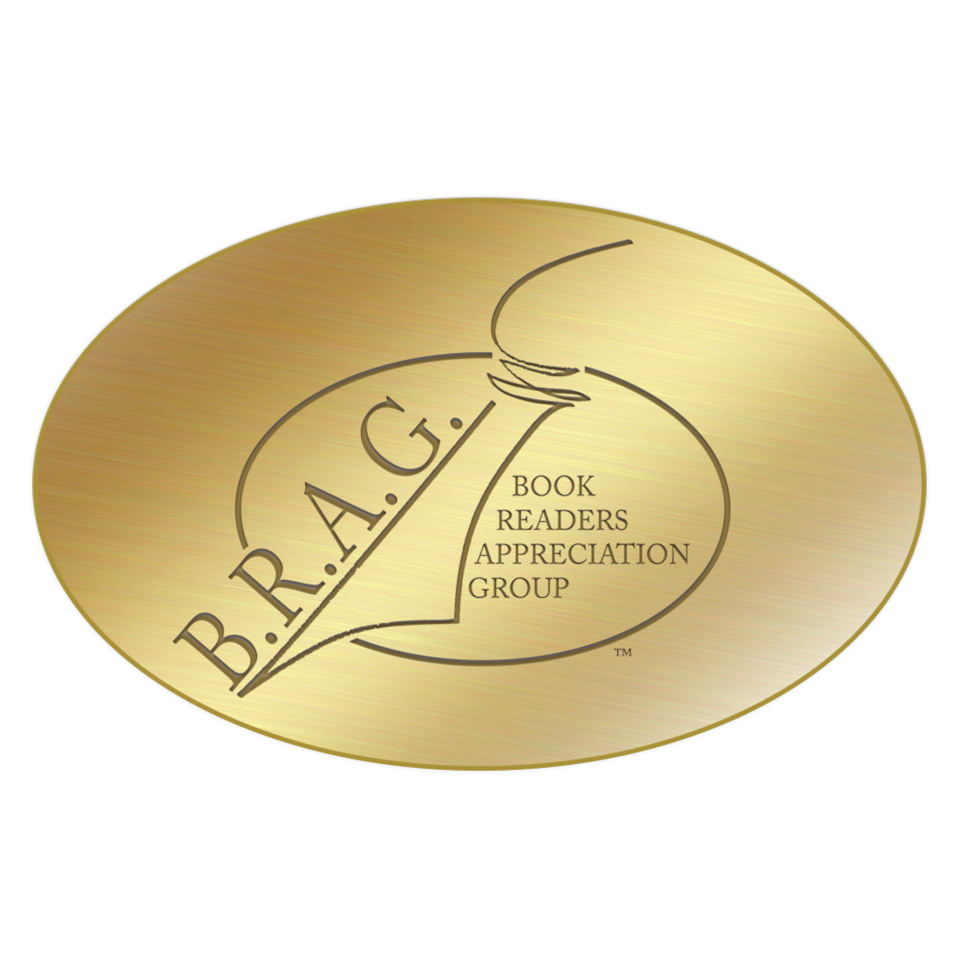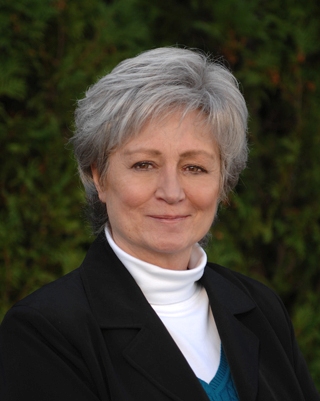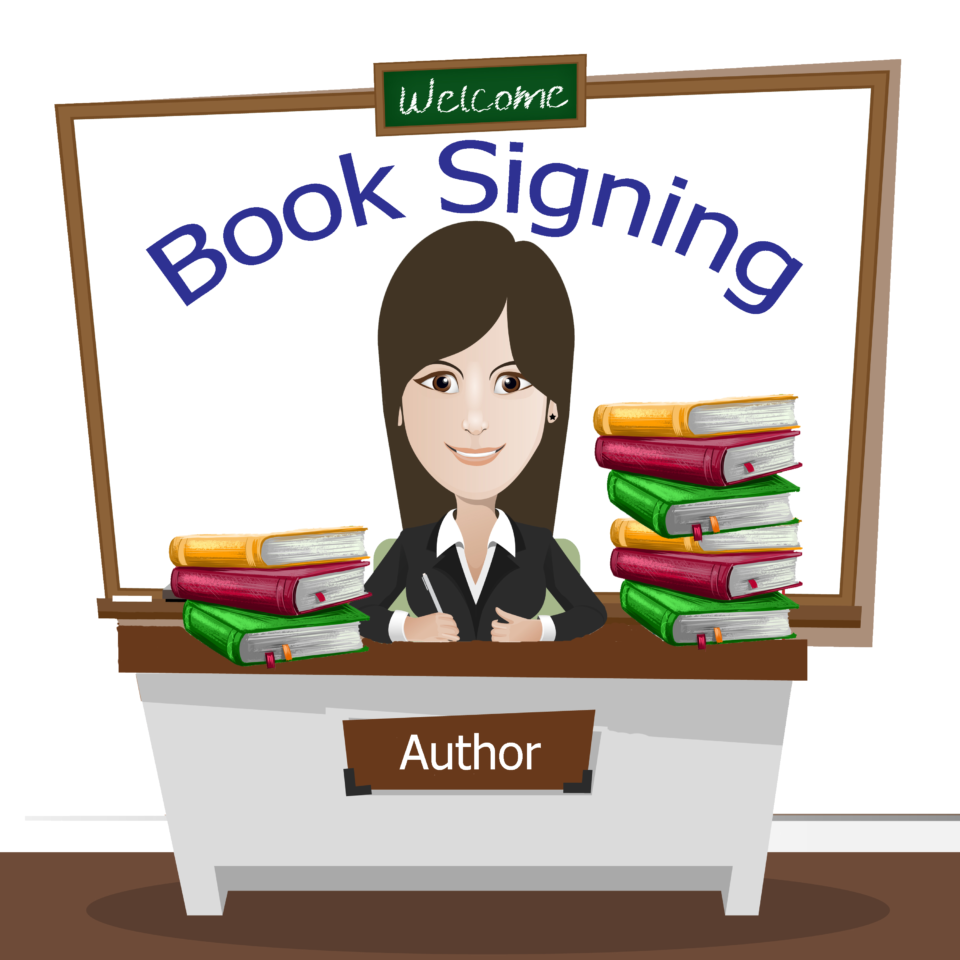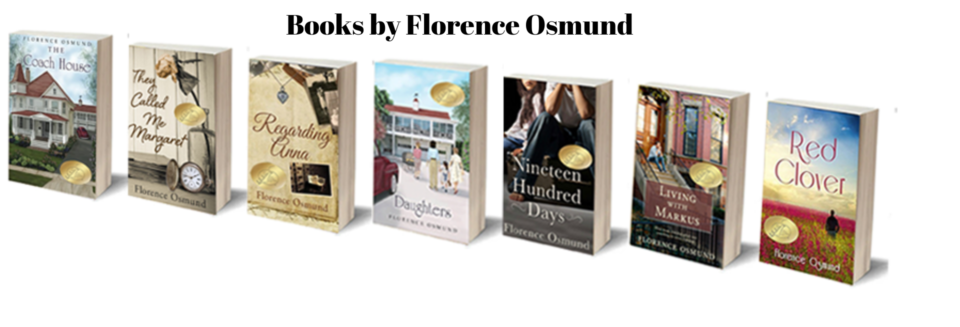Florence Osmund Author and Contributor
When it dawned on me last year that I was making less money but spending more time promoting and marketing my books than I did three years earlier when I had fewer to offer, I decided to take a break from writing and focus on what I was doing wrong. Since my marketing strategy hadn’t changed during these years, I was pretty sure it was the industry that had changed around me, and I had to understand this in order to turn things around.
First, I looked at some statistics. According to Bowker (U.S. agent for issuing International Standard Book Numbers—ISBNs) and Amazon (who controls the retail book market and e-book publishing market), the number of new books published has risen in double digits each year for the past several years, meaning our competition keeps getting increasingly stiffer with time. The influx of self-published books in particular has driven these numbers up with an increase of more than 70% since 2013 (according to the Authors Guild 2018 Income Survey).
Book promotion sites have changed too—many of them have gone to the wayside; new ones pop up all the time; and others have grown in size with the rest of the industry, causing our books to become lost in the crowd.
For self-published authors, a significant change that occurred a few years back was when BookBub (the 800-pound book promotion gorilla in the room) opened its doors to traditional publishers, squeezing out self-published authors like us. I personally was a victim of this change. Up until 2016, BookBub had accepted every featured promotion I’d submitted. Since then, I have been awarded just one submission out of twenty or so attempts.
Changes in social media sites have also played a role in book promotions. A few years ago, it wasn’t that hard to get noticed on Facebook, Twitter, and other social media sites. But over the years, their member subscriber numbers have soared, along with the number of daily posts, making it harder for each post to get much attention.
During my research of the book publishing industry, I found evidence that I am not alone— many other authors are spending more time now than before trying to earn the same amount of money through book royalties. Supporting this assertion, according to the Authors Guild 2018 Income Survey, median incomes for authors are down 4% from a few years ago, despite most of them currently having more books to offer.
So, what is the answer? I had hoped that after spending weeks on trying to figure this out that I would be able to present a reasonably simple solution—something we could start doing posthaste to increase sales. But alas, hope is just a feeling, and when I finished studying the industry, I knew it wasn’t going to be that simple.
But all was not lost—I came away with some ideas that I hope (there’s that word again) will result in higher book sales this year, and I would like to share with you what I learned.
 Quality Product
Quality Product
In today’s market, where the competition is so great, books that have been professionally edited, formatted, and cover-designed have a significantly better chance to be successful. But quality comes at a cost, one that many writers claim they can’t afford. Well, I claim that writers can’t afford not to hire a professional editor, formatter, and cover designer if they want to compete with authors who do. If you go cheap, you run the risk of ending up with an inferior book that gets panned with bad reviews—and that will kill future sales.
It’s a big investment to create a book that meets traditional publisher standards, but it pays off in the long run. I strongly recommend that you hire the appropriate professionals to make your book marketable and competitive. You’ve invested a significant amount of time developing the story—it deserves to be presented in the best possible manner.
Categories and Keywords
Choosing the right category for your book and including the right keywords in your promo copy are extremely important when it comes to readers finding your books. Browse categories serve the same purpose as sections of a physical bookstore in that readers will look for a group of books within a specific category first, and then start browsing. Therefore, it is critical that you choose accurate categories—those most closely related to the subject matter of your book. To make sure your book is properly categorized, peruse browse categories for books like yours on online retail sites like Amazon to see what comes up. Choose specific categories over general ones to reach a more targeted group of readers.
Keywords must also accurately portray your book’s content and reflect the words customers will use when they search for a book. It pays to think like a reader. Consider using keywords that depict the setting in your book, the characters, theme, and plot. Remember that everything is keyword searchable on the Internet, so include keywords wherever you can—in your bio, book blurbs, social media posts, book synopses, and website content. Lace in as many as you can without overdoing it. Check out what keywords best-selling authors in your genre are using. And periodically update the keywords you use to keep them current.
Social Media
Increasing your visibility through various social media sites allows you to meet readers, build your audience and brand awareness, increase website traffic, improve networking, and establish credibility as an author. But many authors agree that social media has not proven to be very productive when it comes to selling books, and as a result, many have reduced the number of social media sites they use down to one, and the time they spend on it to less than 10%. Concentrating on one site and creating smarter content that is directed to a distinct target audience, instead of spreading time over many social media sites, appears to be a better strategy in today’s market.
I like the 80/20 rule when it comes to posting on social media—80% of the posts being related to some aspect of the book industry and 20% related directly to you and your books. For the 80%, you can use social media to get to know other writers, talk to industry experts, establish relationships with people who can make a difference in your book business, share writing advice, and communicate with your fans and potential readers. Establishing ties with people on social media has the potential to turn them into valuable advocates.
For the remaining 20%, you can talk about your book-related events, upcoming releases, flattering reviews you’ve received, and anything else related to your books and you as a writer.
Finding the ideal social media channels is often an exercise in trial and error. For one author it might be Twitter, and for another it could be LinkedIn, Facebook, or Pinterest. Regardless of the outlet you choose, it’s more about the quality of the connections, as opposed to the quantity, that will sell more books in the long run.
Visual Promotions
Visual images have proven to be influential in people making instant buying decisions. For us authors, once-popular book trailers have been replaced by personal videos. YouTube (owned by Google) is the largest platform for video marketing, boasting 1.9 billion active monthly users, but there are others such as Instagram (a close second with more than 1 billion active monthly users), Vimeo, Metacafe, and Dailymotion.
Just make sure the video you create helps you stand out from the rest and is done in a professional manner with the right lighting, audio quality, and concise, relevant content. Hire a videographer for assistance if needed. Do it right—a cheesy video can be counterproductive.
 Paid Advertising
Paid Advertising
I am a firm believer that you have to spend money to make money, and many authors in today’s market have found paid advertising to be an effective way to do this. The problem is that most of the paid advertising sites are tricky to use and often require frequent tweaking for an author to enjoy a healthy return on investment. Predominant forms of today’s paid advertising include pay-per-click, pay-per-impression, pay-per-download, display ads, and video ads.
An endless list of ad networks exists, the most popular ones being Google, Amazon, Goodreads, Pinterest, BookBub, and a host of social media sites. Keep in mind that the method that is most effective for one author may not be for another—it’s all about trial and error. Before investing money in paid advertising, always consider how many books you will need to sell in order to recoup your investment, and better yet, how many you will have to sell to result in a positive ROI. Whichever paid advertising network you choose, I recommend tracking results so you can see trends. Daily results don’t really tell you much—weekly or even monthly trends are a better indicator of whether an ad network is working for you.
Consistency
Creating a consistent book promotion strategy for the year is a prerequisite for maintaining momentum in sales. Plan ahead. Don’t take a break from it. I find it useful to create monthly calendars for the year that highlight my free promotions, paid ads, face-to-face encounters, and anything else I plan to do that is directly related to promoting my books. Having the month’s planned activities on one page and readily accessible helps me to maintain consistent exposure and keep things from falling through the cracks.
 Your Bio
Your Bio
When it comes to your bio, credentials do not seem to be as influential as they once were, and certainly not ones that aren’t relevant to your writing. For fiction writers, why you enjoy writing in your specific genre is far more interesting than where you earned your degree. Personalize your bio—focus on what it is about you that makes you stand out from the others. Keep it short—under 300 words in most cases. Include some color, humor, and interesting details about yourself along with the hard facts of your background.
Print Vs E-Books
While there are still many people who prefer to read a printed book, you must have your books in e-book format to remain competitive. I write literary fiction, and 95% of my books sold are in e-format, with most of the revenue coming from royalties I earn through Amazon’s Kindle lending library for Prime members. I keep a supply of printed books on hand for book fairs, signings, and giveaways. The importance of e-book publishing applies to most genres—exceptions include books on photography and other art forms, cookbooks, and some children’s books.
Pricing
Finding that sweet spot to price your book, where you’ll earn the most profit, is another area of marketing that appears to be a moving target. The bottom line is that you must be competitive when pricing your print and e-books, as readers are often making decisions based on price. When readers browse Amazon for their next read, they will often look at the site’s top picks, book deals, and editors’ choices. If your book is more expensive than the rest, it may be overlooked. See how other books in your genre are priced, and then stay competitive.
Your Following
At one time, the shotgun approach was an effective way to gain fans, but today’s authors are finding out that it is more beneficial to zero in on a small dedicated following—discovering that one hundred highly-engaged ‘super fans’ are much more likely to buy books and post positive reviews than a thousand random followers.
Taking this one step further, you may want to create a ‘street team’ of readers who will share your updates, launches, and promotions. Solicit their feedback. Reward them in some way. Make them part of your marketing team.
Get Personal
Many authors get so caught up in the realm of digital marketing that they forget about the power of personal interactions with other people. Participate in local book fairs, do book signings, attend book club discussion groups, seek out speaking engagements. Be excited about what you do when talking about it—people generally react stronger to an enthusiastic face-to-face interaction than they do glaring at a computer screen.
Book Series
Consider writing a book series if your story lends itself to it, as book series have the potential for selling more than single, stand-alone books. If the first book in your series does well, readers will keep coming back for more, lowering your customer acquisition costs and making it easier to market your next book.
 Covers
Covers
Book covers still sell books, including e-books, so it is advisable not to skimp on them. A typical book browser will look at the front cover for no more than a few seconds—enough time to either grab his attention and incite him to want to learn more, or go on to the next book. An effective back cover can seal the deal.
If your book has been professionally written, it deserves a professional-looking cover—most readers can spot homemade ones a mile away. In addition to providing a visual image of your work, a well-designed cover is usually the first indication the reader has that the book is of high quality—both in content and delivery.
Outcome Tracking
It doesn’t make sense to continue spending money on unprofitable book promotion methods, so strategies need to be constantly analyzed to determine which ones are working and which ones are not. It helps to keep a spreadsheet of the different methods used and their outcomes. Tweak those that aren’t working as well as they could, stop doing what isn’t effective at all, and frequently look for new ways to promote and market your book.
Given the book industry’s recurrent changes, it’s truly a tough market out there for us authors when it comes to effective book promotion strategies. What worked well in 2018 doesn’t necessarily work today. In fact, what worked well last month doesn’t necessarily work today. We must constantly review, revisit, and revise what we’re doing to sell books.
I believe the most important lesson we can take away from this is that whatever we do, we must do it well. Our entire author platform needs to be top quality to remain competitive—no shortcuts, no slouching, no taking breaks. And we need to keep pace with the industry in order to reach our revenue goals. Another important lesson I believe is to avoid being one-dimensional—in today’s market, we need a wide range of presence to let others know we’re serious about our profession.
If you have additional insight into the marketing and promotion of books in today’s extremely competitive environment, I would love to hear from you. The more we authors share with each other, the better off we can all be.
Florence Osmund
Written for indieBRAG
June 2019
Find Florence Osmund @ Website and on her Amazon Author Page-











Thank you for taking the time to share your research on the current marketing trends for authors.
I agree with you that our interaction with both our target audience and fellow authors needs to be personal and geared toward the individual writer/reader audience and may differ widely depending on the genre in which one writes.
Perhaps the most frustrating aspect of the industry is the increased competition and ever-changing technology, which makes it difficult to keep up. The challenge is to find the time to write a quality book and balance that time with planning for an effective marketing campaign.
I do firmly believe that self-published authors, in particular, need to band together and help each other
to find ways of supporting each other.
I agree Barbara-
Writers of quality books do need to support each other. self-publishing has exploded and we are finding more books are of lesser quality than ever. Any suggestions anyone has for a way to gain any traction that we at indieBRAG can do to help, let us know!
Thank you for your feedback, Barbara. I used to be able to juggle the time I spent writing and promotion/marketing in my daily routine, but unfortunately today, I find it necessary to concentrate on one or the other to be productive. I agree that keeping up with changes in the industry is a big factor.